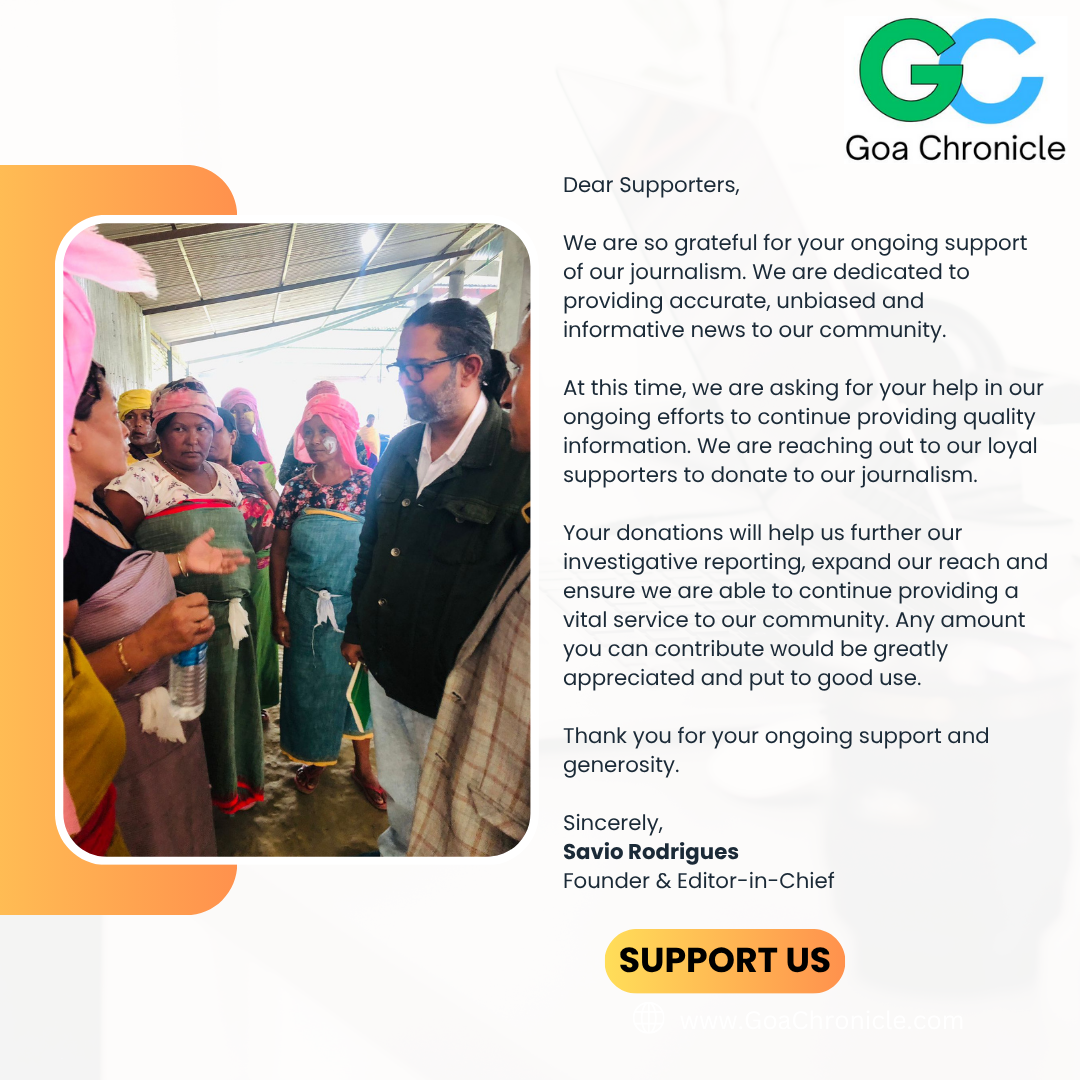Social media was initially celebrated as a revolutionary tool for global connection and communication. Platforms like Facebook, Twitter, and Instagram promised to bring people closer, fostering a more connected world. However, over time, it has become evident that social media often serves to deepen divisions rather than bridge them, particularly in the areas of politics and religion. Instead of fostering understanding and unity, these digital spaces frequently magnify and entrench existing divides.
One of the primary ways social media divides people is through the creation of echo chambers. Algorithms designed to maximize user engagement tend to show content that aligns with users’ existing beliefs and preferences. As a result, individuals are less likely to encounter differing viewpoints and more likely to be reinforced in their own. This reinforcement can lead to increased radicalization and a diminished capacity for civil discourse.
In the political arena, social media platforms have become breeding grounds for partisanship. Users are often fed a steady stream of content that supports their political leanings while opposing views are either downplayed or presented in a distorted, negative light. This selective exposure can deepen political divides, making compromise and understanding more difficult.
A study by the Pew Research Center found that individuals who rely heavily on social media for news are more likely to hold polarized views compared to those who consume news from a variety of sources. This phenomenon is particularly evident in the United States, where political discourse on social media often turns toxic. Users form tight-knit communities that support their political ideologies, creating an “us versus them” mentality that leaves little room for a middle ground.
Similarly, social media can amplify religious differences. Platforms that allow for the free exchange of ideas can also serve as hotbeds for religious intolerance and extremism. Groups with extreme views can easily find like-minded individuals, leading to the formation of insular communities that reject outside perspectives. This isolation can foster a sense of superiority and animosity towards those with different beliefs, fueling sectarian tensions.
For example, in countries with significant religious diversity, social media has been used to spread hate speech and incite violence. In India, WhatsApp and Facebook have been criticized for their roles in spreading false information and inflammatory content that have exacerbated religious tensions and even led to real-world violence.
Misinformation is another significant factor in the divisive nature of social media. False or misleading information spreads rapidly on these platforms, often outpacing the truth. In political contexts, misinformation can shape public opinion and electoral outcomes, sowing distrust in democratic institutions. In religious contexts, it can propagate myths and stereotypes that exacerbate interfaith conflicts.
The spread of misinformation is often facilitated by bots and trolls—automated accounts and individuals who deliberately post provocative or false content. These actors exploit social media algorithms to amplify their messages, often with the intent of creating discord. Their activities can significantly distort public discourse, making it difficult for users to discern genuine dialogue from manipulative tactics.
For instance, during the 2016 U.S. presidential election, Russian bots and trolls were found to have spread divisive content aimed at polarizing American voters. Similarly, in other parts of the world, state and non-state actors have used social media to influence public opinion and destabilize societies by spreading misinformation and sowing division.
The design of social media platforms also plays a role in deepening divisions. Features such as likes, shares, and comments can create a feedback loop that rewards sensationalism and outrage. Users are more likely to engage with content that evokes strong emotions, whether positive or negative. This dynamic can lead to an environment where the most extreme voices are the loudest, drowning out more moderate or nuanced perspectives.
Social media platforms often exploit human psychological tendencies, such as confirmation bias, where individuals favor information that confirms their preexisting beliefs. This bias is reinforced by algorithms that curate content based on users’ past behavior, leading to a self-perpetuating cycle of reinforcement. As a result, users become more entrenched in their views and less open to alternative perspectives.
Social media companies bear significant responsibility for the divisive impact of their platforms. Their business models rely on user engagement, which is often driven by controversial and polarizing content. While some companies have taken steps to address these issues, such as implementing fact-checking measures and altering algorithms to reduce the spread of misinformation, these efforts are often insufficient or inconsistently applied.
There is a growing call for greater accountability and regulation of social media platforms. Governments and regulatory bodies can play a role by establishing guidelines for transparency and accountability in social media operations. Policies that promote the responsible use of data and protect users from targeted misinformation campaigns are essential. Collaboration between tech companies, civil society, and policymakers is necessary to create a healthier online environment.
Addressing the divisive impact of social media requires a multifaceted approach. Platforms can implement changes to their algorithms to promote a more balanced representation of viewpoints. Fact-checking and the promotion of digital literacy can help combat misinformation. Encouraging users to engage with a variety of sources and fostering spaces for respectful dialogue are also crucial steps.
Improving digital literacy among users is vital in mitigating the divisive effects of social media. Educational programs that teach individuals how to critically evaluate online content, recognize misinformation, and engage in constructive dialogue can empower users to navigate social media more effectively. By equipping users with these skills, it is possible to reduce the influence of false information and promote a more informed and tolerant online community.
Social media platforms can take proactive measures to ensure a diversity of perspectives is represented in users’ feeds. By adjusting algorithms to prioritize a range of viewpoints and encouraging cross-ideological interactions, platforms can help break down echo chambers and foster greater understanding between different groups.
While social media has the potential to connect people across political and religious divides, its current structure often exacerbates these divisions. The echo chamber effect, misinformation, and the psychological design of platforms contribute to a polarized digital landscape. By recognizing these issues and implementing targeted solutions, it is possible to harness the power of social media for greater unity and understanding. It requires a concerted effort from social media companies, policymakers, and users to transform these digital spaces into platforms that genuinely unite rather than divide.































